Palmetto Bluff Real Estate Company Sales Office
Office Hours
Monday-Friday 9am - 5pm
Saturday 9am - 4pm
Sunday 12 - 4pm
Saturday 9am - 4pm
Sunday 12 - 4pm
With the increased popularity of duck hunting over the past decade, it may seem to the casual fan that man’s best friend is more of an essential addition to creating the perfect hunt. The reality is that as long as man has pursued elusive fowl—first for survival, later for sport—dogs have been a vital part of the team.
Sporting dogs pop up in recorded history as early as 4000 BC with the Norwegian elkhound. Pharaoh hounds were favorites of the kings and elite of ancient Egypt. No matter what the popular breed of the day, even the earliest hunters realized the need to train canines to be the optimum sporting sidekick.
That’s where heroes such as Brett Lawson come into the picture. Lawson, the owner of TBL Retrievers in Ridgeland, South Carolina, and an expert exhibitor at Palmetto Bluff’s Field + Fire event for the past three years, has become one of the area’s top sporting dog trainers at just 27 years old.
“Dog training isn’t always butterflies and rainbows,” Lawson said. “There is a starting point, a learning process, and it’s not easy and it isn’t going to happen overnight. But when you find that right partner that can be both your canine blanket in bed and your best buddy hunting partner, it can be magic.”
Hunters figured out that dogs were vital long before guns were invented. Whether it was falconry, netting, trapping, or crossbows, dogs were synonymous with success. Count Gaston Phoebus was known as the medieval master of canine innovation. His treatise on the art of hunting, “Livre de la Chasse,” made the case for spaniels being the fi rst breed that had the needed skill, patience, timing, and will to make the ideal helper. (The dogs were referred to as “spaniels” because Phoebus lived near the border of Spain.)“
At first there was no such thing as a breed. Any dog that did what a spaniel did was so named. It does not really matter to us who taught spaniels to crouch down so that men could drag the long net right over them,” said 19th-century historian Edward Ash in explaining the invent of sporting dogs. “They set about teaching them to do all that might be useful when hunting birds: firstly to show where the birds were, then to keep down whilst the net was in use, to swim and fetch birds after they were shot with a crossbow, to collect the arrow fired by the crossbow. Spaniels were also useful to start-up hares when coursing. So, the spaniel became the maid of all work.”
While pointers are known to go back to Roman times, it took centuries for hunters to realize their elite scent skills in tracking game. British hunters took a shine to setters as they began looking for more traits than just speed and efficiency. They wanted substance and style, and that led to a flurry of more breeds and an era of specialization that found its way to America as the founding fathers made their way across the pond.
Hunters looking for the perfect canine became mad scientists of breeding, and breeds such as Newfoundlands, Labradors, flatcoats, and curlies became commonplace. Around that same time, hunters realized that these canines could do more than point and sniff out the game. These hunters wanted the dogs to retrieve their bounty as well, and they wanted breeds that were up for group hunts with other dogs.
As the experimentation continued, the volume of breeds outpaced efficiency as hunters realized that each dog was unique—and that meant wildly varying retrieving ability and negative traits like a hard mouth and being shy around guns.
“They began to realize what we know is essential today. a specific breed does not guarantee you have the right sporting dog. You have to begin with a good foundation, the right pedigree, and the needed demeanor,” Lawson said.
Beagles, along with mastiff s and hounds, were essential in keeping wolves out of the earliest Massachusetts colonies in the mid-1600s. Foxhounds pop up in American history as one of the first sporting dogs unique to our country—not just imported by migrant settlers.
According to historians, the earliest organized recorded sport hunt was a pack organized by Thomas, Sixth Lord of Fairfax, in 1747. George Washington was also known to be an avid fox hunter. His diaries are full of stories of foxhunts near the nation’s capital, with hounds running within earshot while the first congressmen convened.
Colonial times brought a revolution of the hunter. Settlers of the evolving middle class wanted to hunt all the game that was once only possible for nobility. But their new home brought new challenges, and hunters realized they needed versatility from their dogs—a dog that could live at home but be equally comfortable in the fields, forests, marshes, and rivers.
Plantation living in South Carolina brought its own specific needs, so South Carolinians became as resourceful as their European ancestors. Lowcountry hunters were the first breeders of the Boykin spaniel in the 1900s for hunting ducks and wild turkeys.
“Many breeds were brought home by soldiers fighting in foreign wars, so their numbers were sparse at first. The Boykin was the locals’ means to have their very own breed that could match the game-rich territory they took over,” Lawson said. “These dogs became the MVP of the time. Plantation owners spent so much of their day on hunts essential to survival. So, these dogs, they became companions as vital as a spouse to settlers.”
As hunts evolved from a food source to a means of sports and recreation, trainers like Lawson became all the more indispensable.
The proper training is a months-long process, and with all the work put in, even the best-bred dog is far from a guarantee to have the right temperament to be a sporting dog.
“The ugly truth is it doesn’t happen with every dog,” Lawson said. He and his staff train about 30 dogs at any one time, and he estimates that 26 to 28 of them become hunting and sporting stars.
SO, WHAT SHOULD OWNERS LOOK FOR WHEN CONSIDERING THEIR PUPPY FOR SPORT TRAINING?
We’re looking for that prey drive, that puppy that when the leaf blows across the ground, they want to go jump and grab it,” Lawson said. “You want to see work ethic, to see a dog running hard to a pigeon or duck decoy. That desire, that catch and kill instinct, the dogs show us that behavior very early on.”
AND IN RETURN, THE BEHAVIOR YOU, AS OWNER, MUST SHOW IS PATIENCE.
“A puppy is always a gamble when we start out. It’s about showing them that the training is a way of life,” Lawson said. “You put the work in, show them setups and obedience, practice blinder trees every day, and they will get better and better. It’s a process and a master class in stamina. You’re establishing behaviors. And just like us, dogs don’t work for free. Their payment is the retrieve or the praise after. It might be pieces of hot dogs and dog treats or just attention and love. But there is always a transaction going on in the training.”
Lawson grew up in the Lowcountry focused more on horses, as his dad was a cutting horse trainer. When he was 11, a trainer named Charles Rahn asked if he wanted to take his Christmas present Lab pup, Gypsy, for training. Lawson and Gypsy took to the training quickly. He read the Richard Waters classic training manual Water Dog, and soon he was doing hunt tests with Gypsy and Rahn.
“It lit a fire under me. I graduated from high school, worked on a plantation, and I liked working with bird dogs and retrievers,” Lawson said. “I tried working for a dog trainer, but then I got homesick and decided to take in a couple dogs. I learned from trainers, and it just snowballed into a profession I love.
”Lawson said Gypsy, who lived nine years, was a great starter training dog but far from an award winner. His current dog, Boss, has been a training star, so much so that he even knows when to say “when” on a chase.
“I mean, this is a dog that does not give up. He’s so good-natured and so good around other hunting dogs. This one duck hunt, we sent him all the way across the beaver pond, 125 yards or more,” Lawson recalled. “He kept getting up on a bank and backing up, and we’re wondering what’s going on—we thought we’d finally found the hunt he wasn’t up for. So later on, we’re going around the pond to find a bird and come upon this bank. It was a wall of catclaw briar. It was thick, nasty, full of hooked prickles, and we could not get through it. We get back to Boss and he just gave us this look like, ‘I told you I couldn’t get in there. And you think you were going to?’”
Lawson said that the Lowcountry has endured as a hunter’s haven because its open land continues to be game rich. Boykins became especially popular because of their love of turkey hunts, and because of their small size, they could get through the cover where bigger dogs couldn’t. While Boykins remain popular, especially in the Carolinas, Lawson doesn’t see as many at TBL Retrievers.
“Their temperament is a little different, a little testier in places and in ways that Labs aren’t,” he said. Labs are around 95 percent of what TBL works with, but golden retrievers, English cocker spaniels, German shorthaired pointers, springer spaniels, and Brittany spaniels are all popular in the Lowcountry.
Lawson likes to give fans a soups-to-nuts experience when he comes to Palmetto Bluff’s Field + Fire event, to show the progression of these majestic animals.
“We bring a puppy; show how we start retrieving. Then a one-year-old to show more advanced obedience training. And then a two- or three-year-old to show what mastering the craft looks like,” he said. “The biggest misconception is that you can’t have a house dog that is a sporting or gundog. It’s all about establishing behaviors and expectations . . . patterns of ‘if A, then B’ for the dog.”
“They are brilliant in compartmentalizing, and we learn that from them the more and more we work with each new dog,” Lawson said. “But it’s all about boundaries, consistency, and perseverance. If you, as an owner, bring that to the table, you are going to have a lifelong hunting buddy.”
To learn more about gundogs, follow Brett Lawson and TBL Retrievers on social media @tblretrievers.
Photography by Robb Scharetg.
%GALLERY%
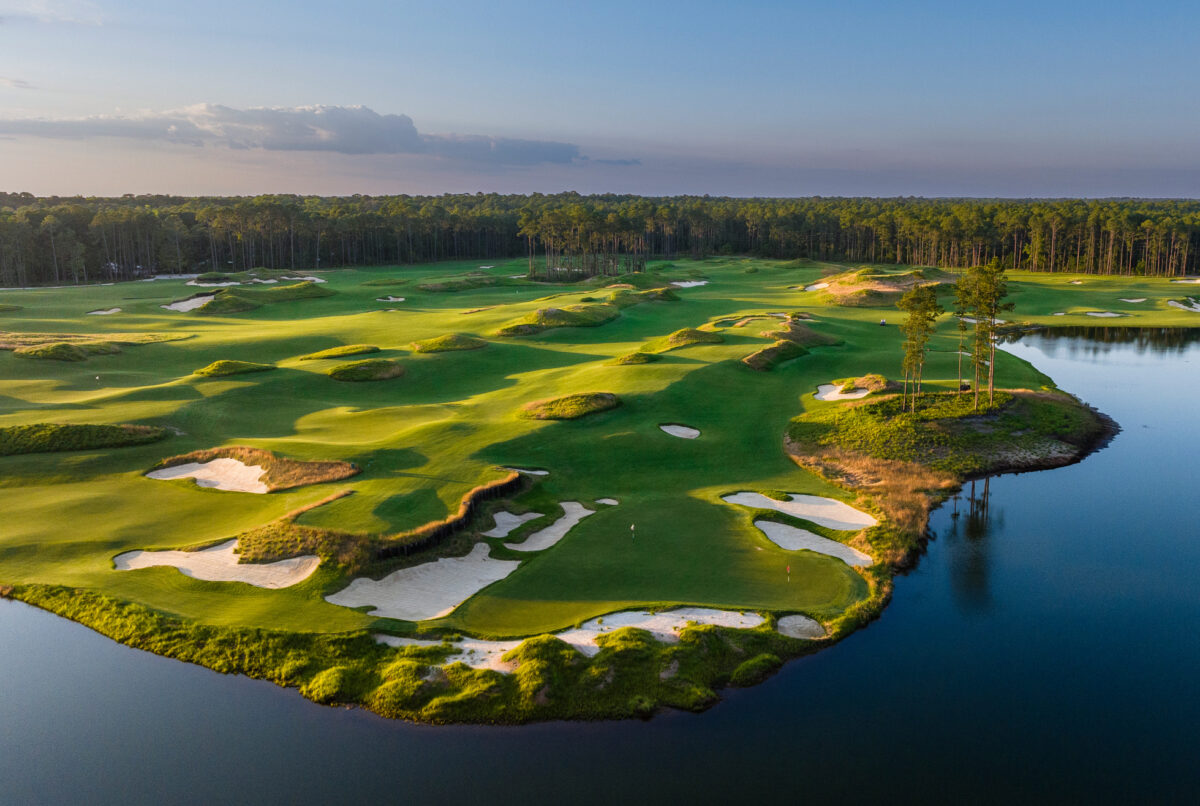
How to Enjoy a Day of Golf at Crossroads At Palmetto Bluff, Crossroads nine-hole golf course offers more than a place to play—it provides a sense of belonging. While the course layout is thoughtfully designed and visually stunning, what sets Crossroads apart...
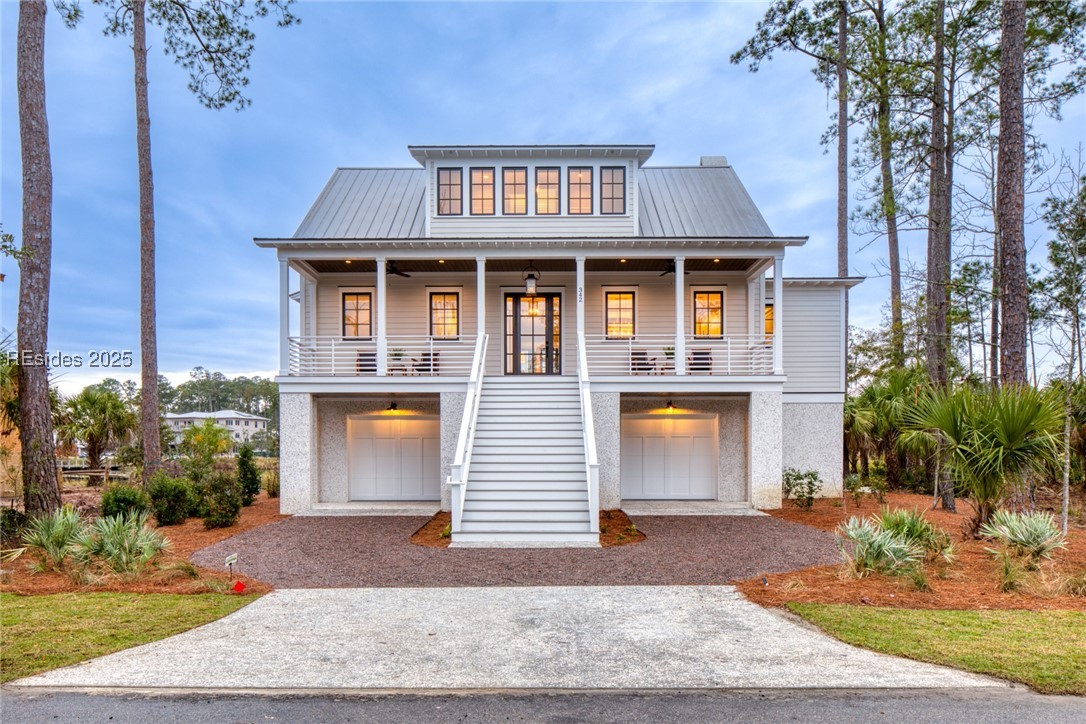
Explore 342 Corley Street in Moreland Village Every home at Palmetto Bluff tells a story, and 342 Corley Street is no exception. Perched above a sparkling lake in the heart of Moreland Village, this four-bedroom, four-and-a-half-bath Southern Coastal-style ho...

You know Spring has arrived at the Bluff when The Farm begins buzzing with activity. You can find a bounty of eggs in beautiful hues, bright green potato vines popping up in rows, and Better Boy, Celebrity, and Red Brandywine tomatoes ripening in the sun. We a...

The homes at Palmetto Bluff are known for their expansive and inviting porches, which embody the spirit of Southern charm and hospitality. These porches are more than architectural features; they serve as seamless extensions of the living space, fostering a co...
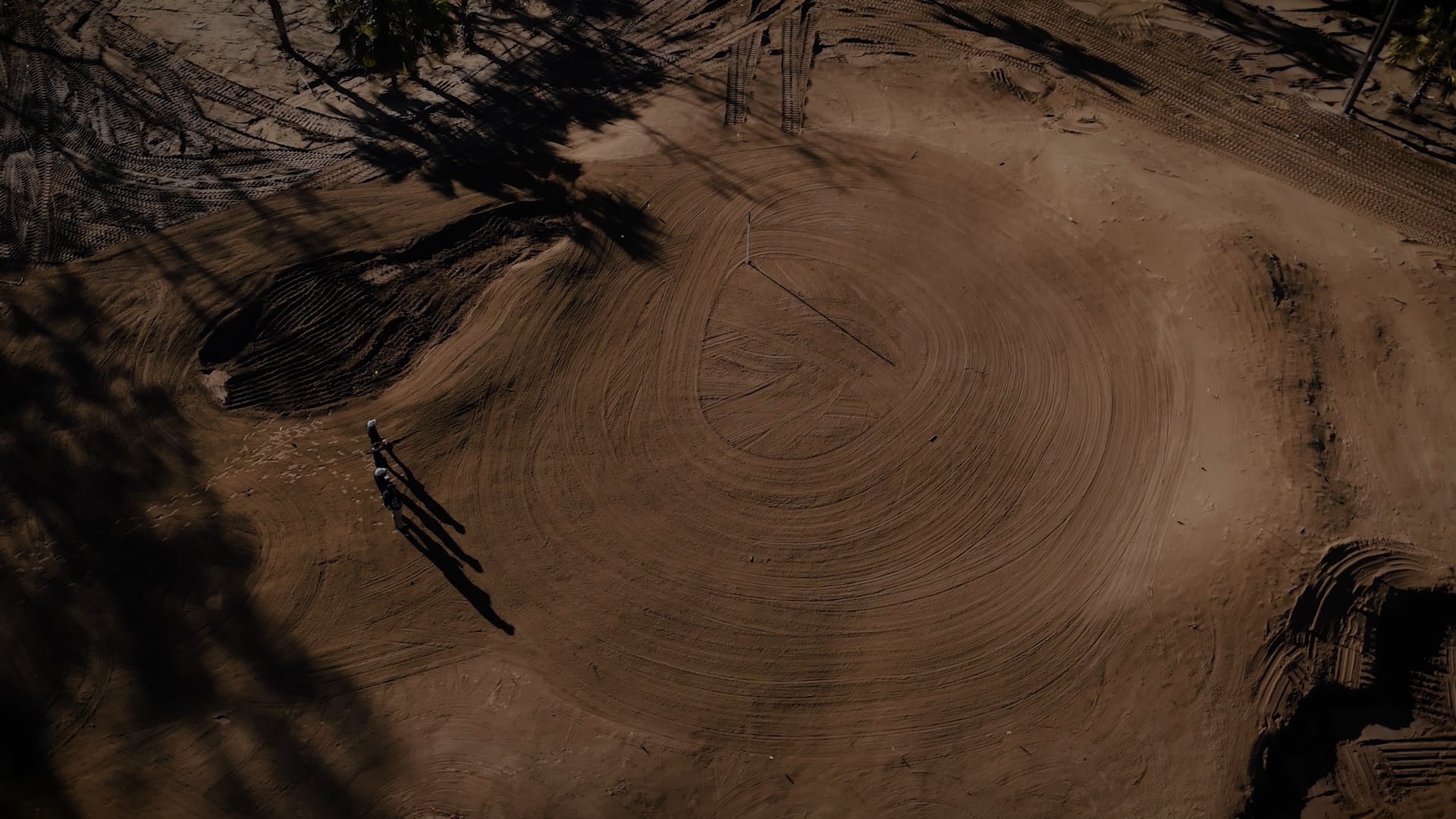
Take a closer look at the artistry and intention behind the new Coore & Crenshaw golf course coming to life in Anson. In this exclusive video, hear directly from Ben Crenshaw as he shares how each hole was thoughtfully designed to offer a unique experience...
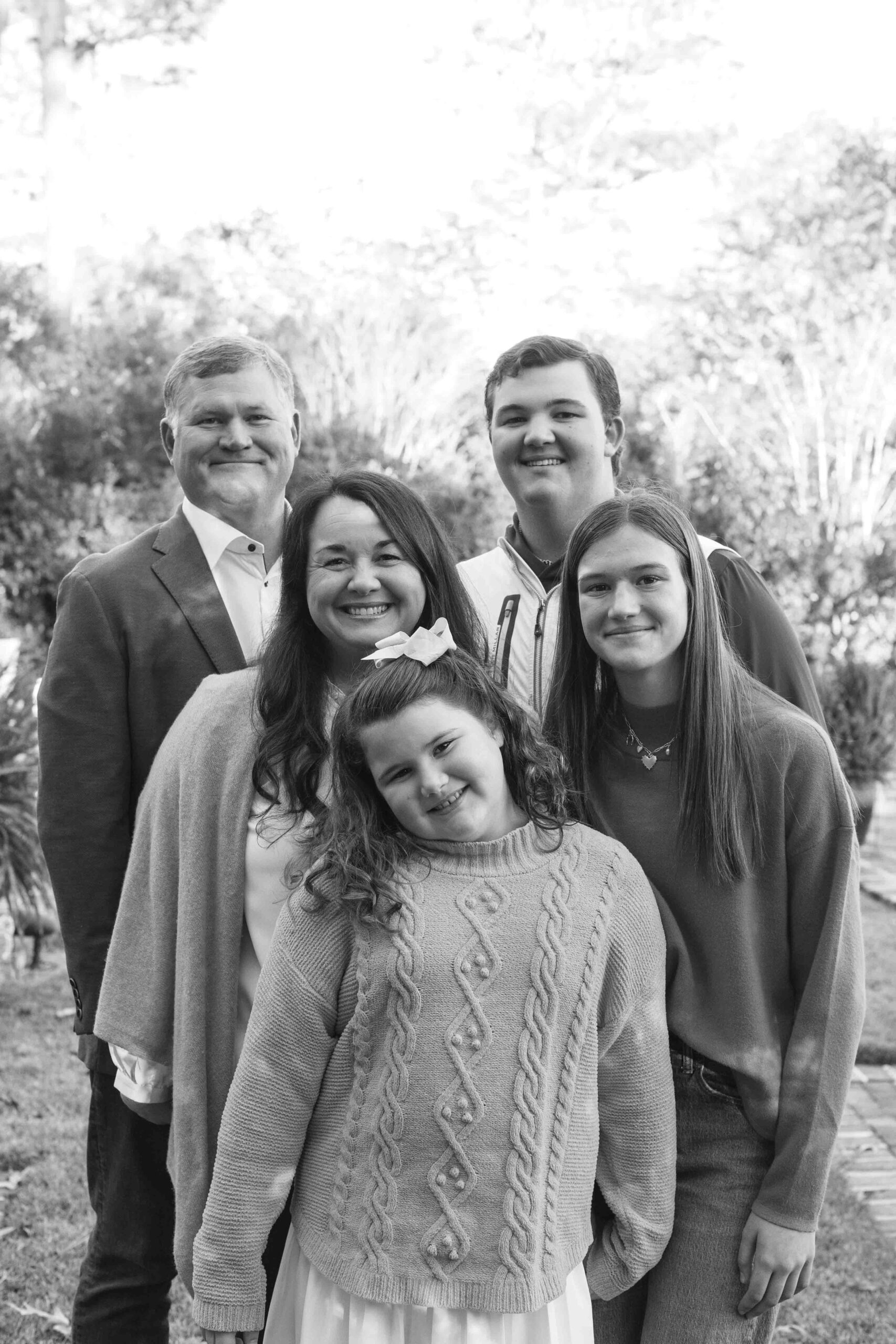
Randy, Carole Anne, Sage, Tyson, and Wren Oliver Where are you from? Randy: We're both from Manning, South Carolina. We met in high school. Carole Anne: We were high school sweethearts! Randy: In 2013, we moved to St. Louis and were there for over seven ...
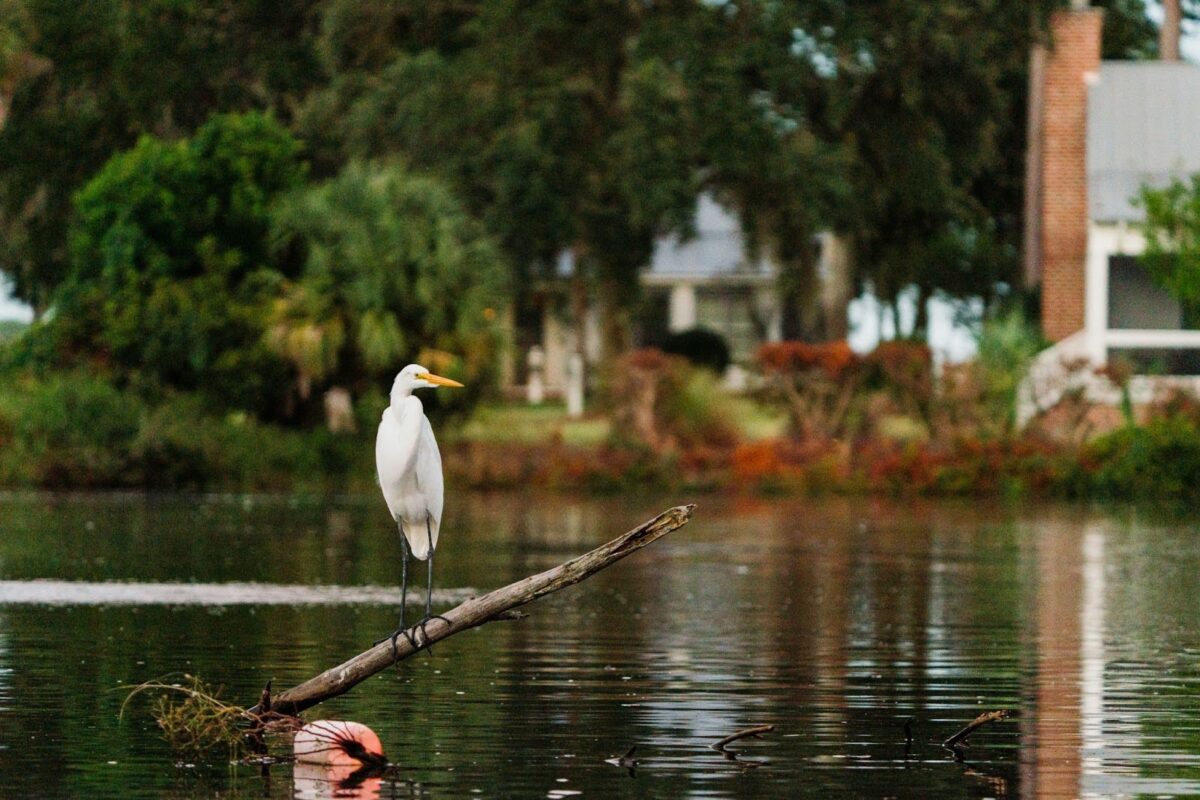
Where to Spot South Carolina Wildlife This Spring As spring breathes new life into the Lowcountry, Palmetto Bluff becomes a haven for nature enthusiasts eager to experience the vibrant South Carolina wildlife. Warmer temperatures, lush landscapes, and longer ...
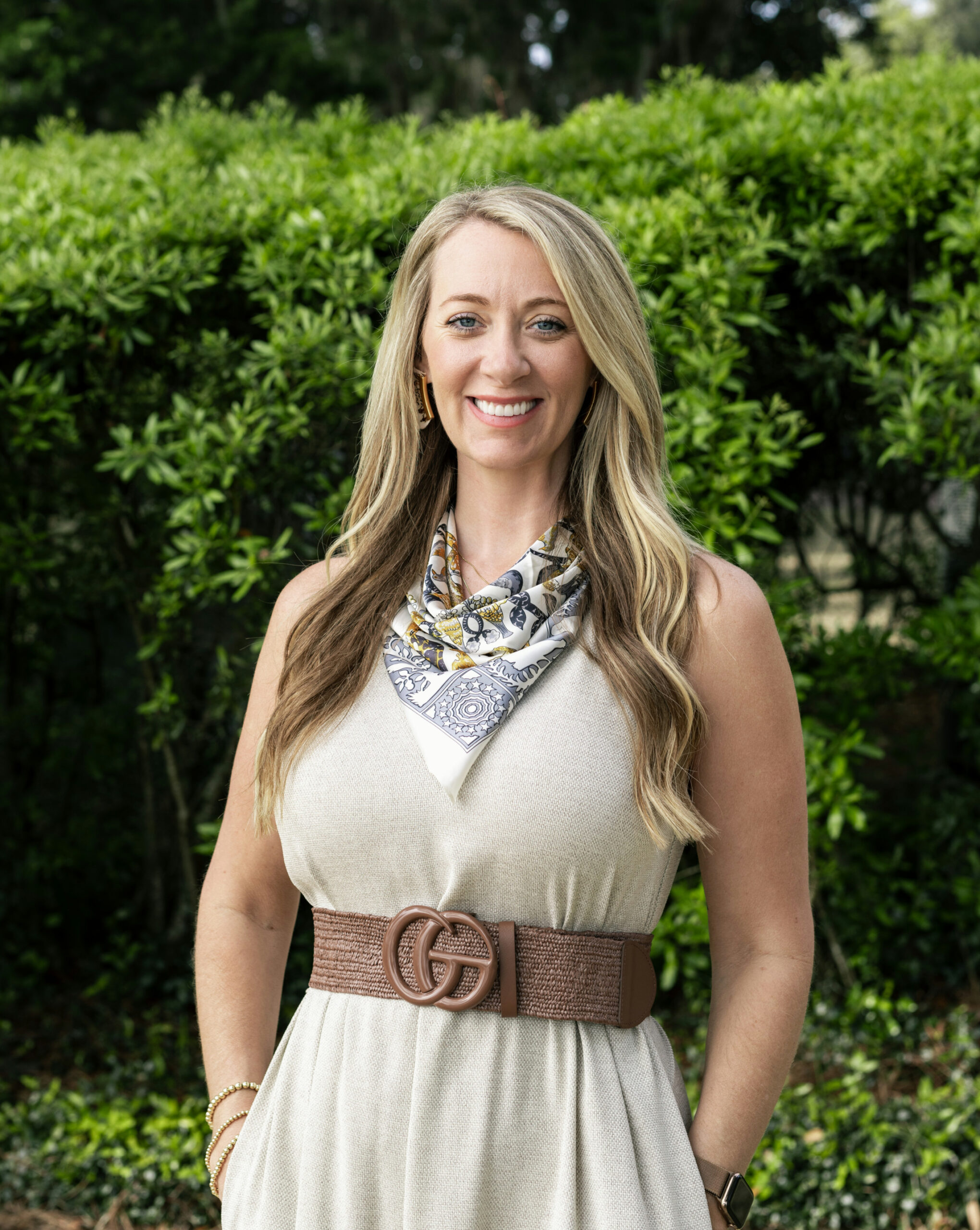
Amanda’s Journey to Palmetto Bluff Real Estate Company Tucked along the banks of the May River, Palmetto Bluff is where history, nature, and timeless design come together to create something truly special. For Amanda Cutrer, a dedicated sales agent with Palme...
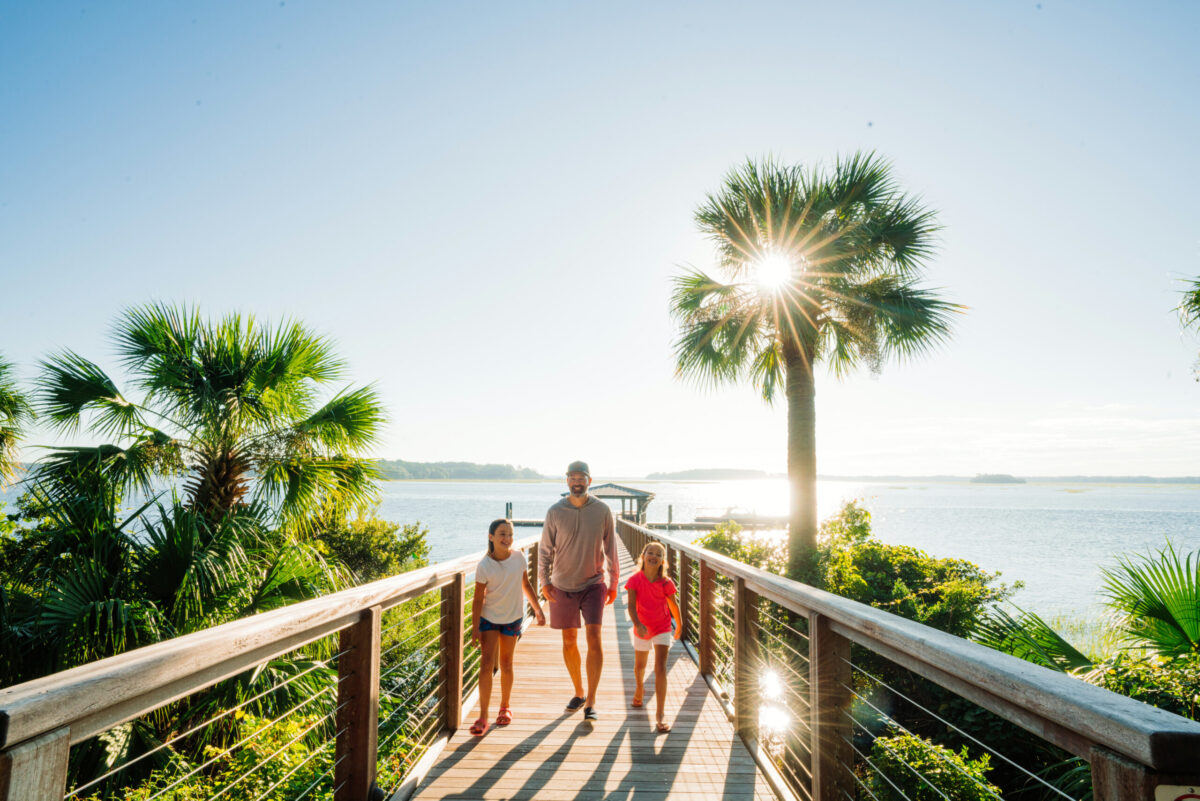
Palmetto Bluff Members: A Look into the Lifestyle Imagine waking up to a cascading canopy of natural oak trees. You can hear the sounds of the May River careening in the background and smell the aroma of finely ground espresso slowly engulfing your waterfront...
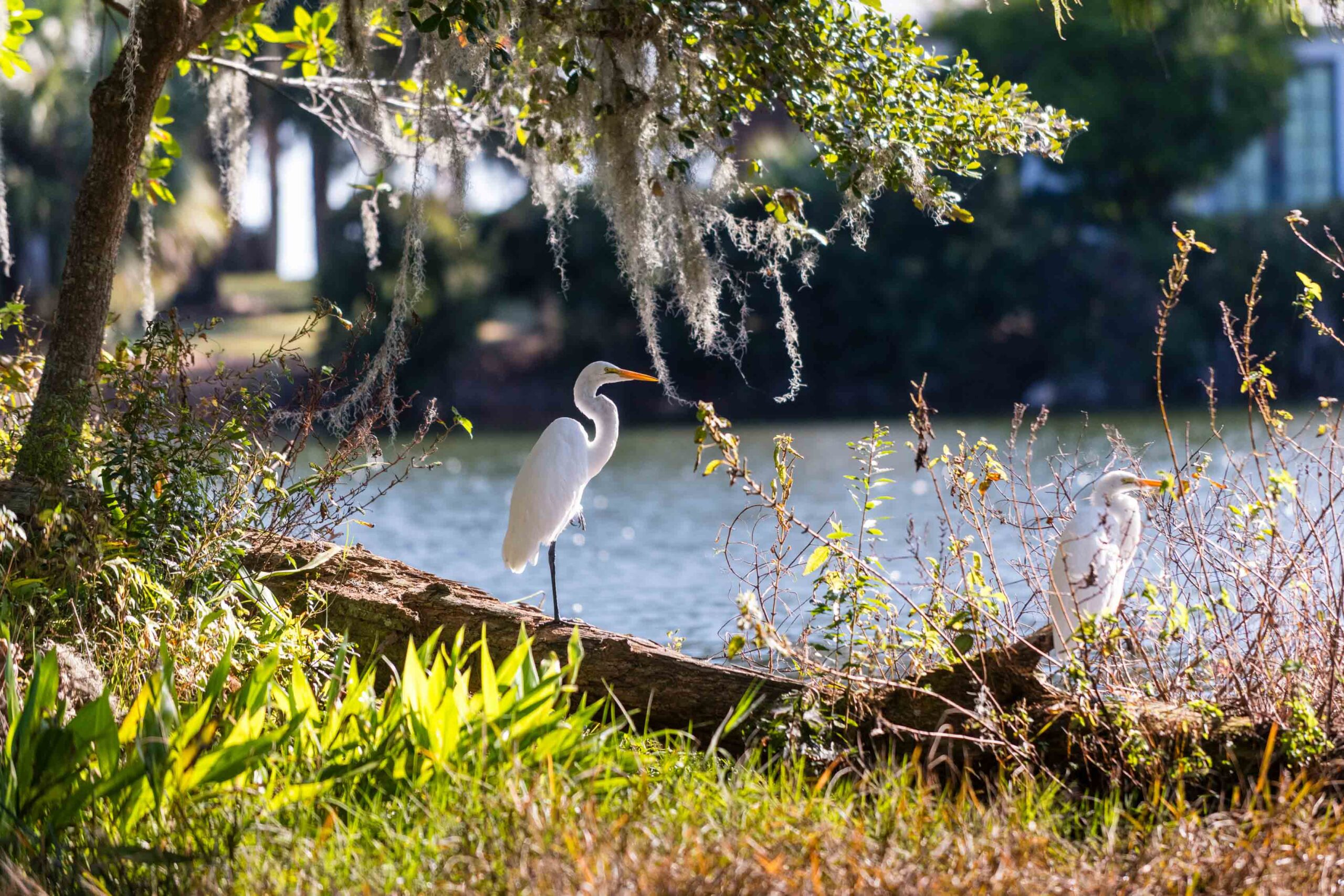
As April approaches the promise of spring is unmistakable here at the Bluff, especially for bird enthusiasts. Above us, migratory flocks signal the start of a new season. Northern parulas, often among the first to migrate, arrive early in March. Their song—a r...
Learn about the Palmetto Bluff Conservancy and how we keep the vision of our land in place.
On land or water, there is an ever-evolving variety of activities.
We do not attempt to independently verify the currency, completeness, accuracy or authenticity of the data contained herein. All area measurements and calculations are approximate and should be independently verified. Data may be subject to transcription and transmission errors. Accordingly, the data is provided on an “as is” “as available” basis only and may not reflect all real estate activity in the market”. © [2023] REsides, Inc. All rights reserved. Certain information contained herein is derived from information, which is the licensed property of, and copyrighted by, REsides, Inc.